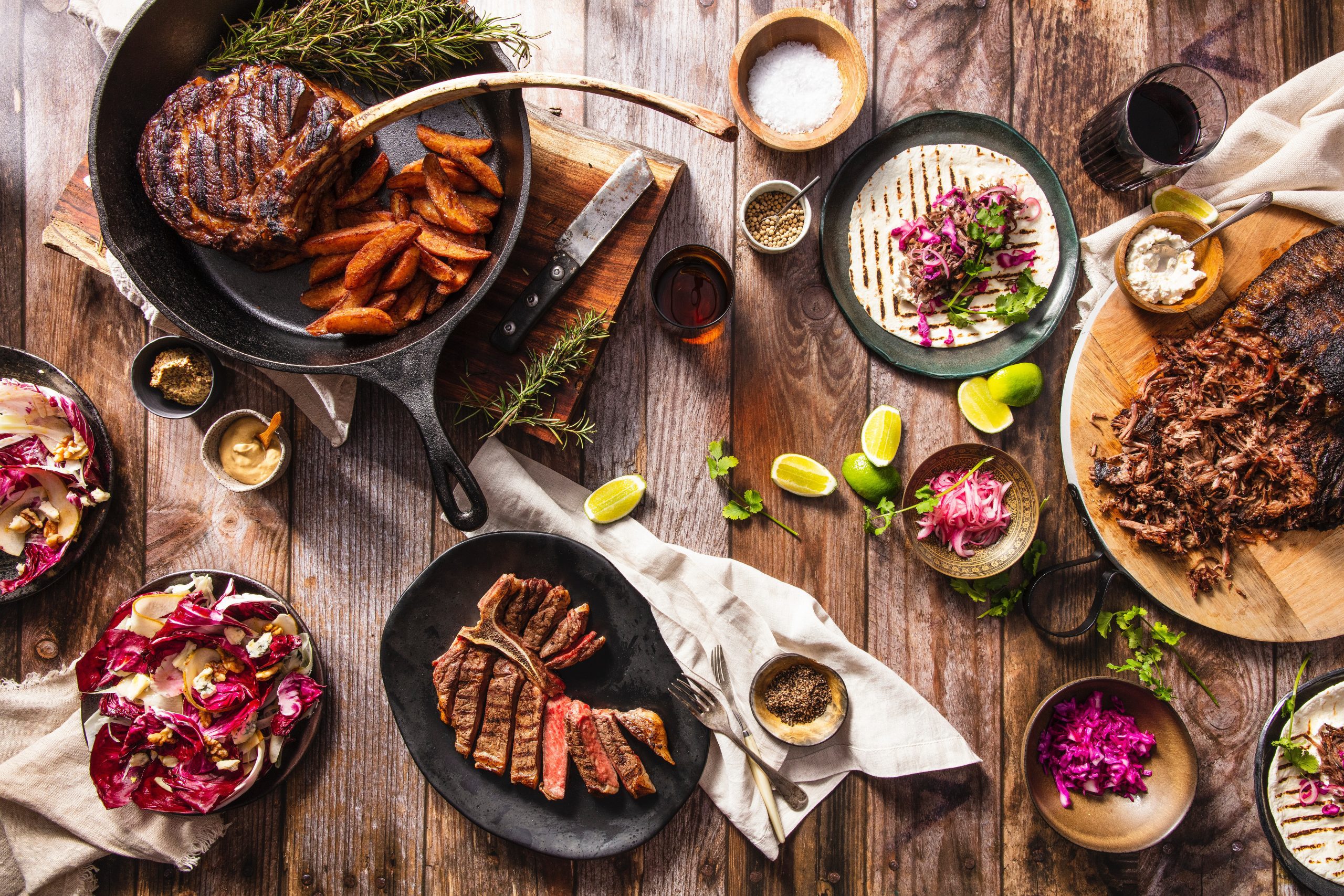Intuitive eating is a weight-neutral, evidence-based approach to nutrition that rejects the diet mentality. It focuses on learning to tune into internal cues of hunger and satiety and respond accordingly. Intuitive eating is designed to refocus people on eating after their body shows signs of hunger, rather than as a response to emotions, stress, or external food cues.
Intuitive eating recognizes that food serves its purpose as fuel for the body to function at its best. Food does not serve as an emotional crutch or a reward for being “good” with dieting. Intuitive eaters tend to enjoy a wider variety of foods because they are not restricted by specific diet rules or food groups. This leads to greater satisfaction and enjoyment at mealtime while learning how much food is enough to feel energized and satisfied throughout the day.
Here are some ways to try to eat intuitively:
- Ask yourself how hungry are you (on a scale of 1-10) when you think about eating something. If you’re not a 3 or greater, then maybe you should wait until you are more hungry.
- If you are hungry, ask yourself what your body is craving. Do you want salty, sweet, crunchy? Listen to your body and give it what it wants! Don’t deny cravings but pay attention to when they arise and why (are they emotional cravings?).
- Eat slowly and enjoy each bite, especially if it is something sweet or your favorite comfort food. Ask yourself if you still want the next bite after you’ve swallowed the first one. This can help prevent overeating and allow us to enjoy our food more.
- Eat only when sitting down at a table – no standing over the sink or in front of the refrigerator! This will help us be aware of what we’re putting in our mouth and how much we’re eating by slowing us down and forcing us to focus.















Leave a Reply